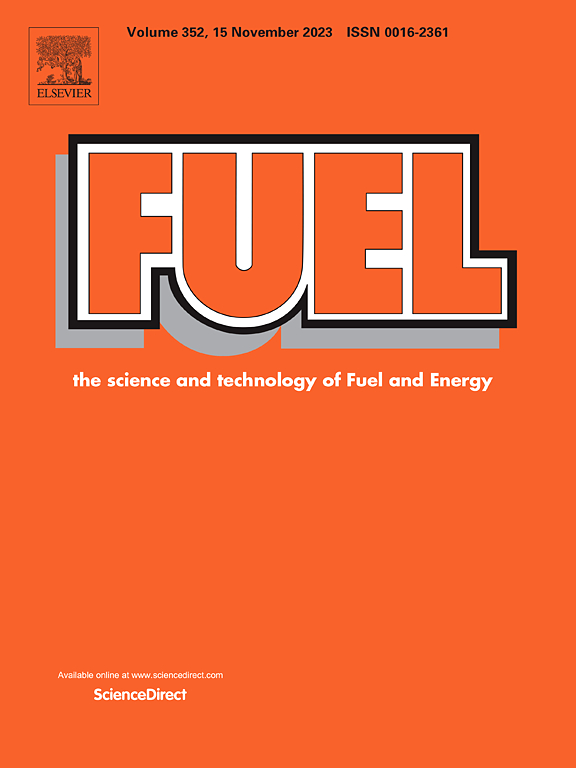细菌活动对沥青的潜在有害影响
IF 6.7
1区 工程技术
Q2 ENERGY & FUELS
引用次数: 0
摘要
本文章由计算机程序翻译,如有差异,请以英文原文为准。
Potential detrimental effects of bacterial activity on bitumen
This study was conducted to validate the hypothesis that one of the detrimental influences on bituminous pavements is the negative impact of specific bacterial species. To achieve this objective, the bacteria present within bituminous mixtures were isolated, followed by an examination of their phenotypic attributes and their capacity to degrade bitumen. Among 24 bacterial isolates, five predominant isolates exhibiting characteristic phenotypic features and significant destructive potential were identified through polymerase chain reaction (PCR) and named Stutzerimonas sp., Brevundimonas aurantiaca, Bacillus sp., Stutzerimonas stutzeri, and Pseudomonas aeruginosa. The destructive impacts of these target bacteria on the properties of bitumen were assessed employing various methodologies including scanning electron microscopy (SEM), fourier transform infrared spectroscopy (FTIR), contact angle (CA), gel permeation chromatography (GPC), and differential scanning calorimetry (DSC). The results showed that the bacteria caused aging and reduced adhesion by changing the surface texture, increasing C=O and S=O functional groups, and decreasing hydrophobicity. They also cause a change in the molecular structure of bitumen, a decrease in molecular weight dispersion, and an increase in heat capacity, which indicate the negative effects of bitumen aging. In fact, bacteria in bituminous environments can cause bacterial aging of bitumen and cause various damages in the environment in the end.
求助全文
通过发布文献求助,成功后即可免费获取论文全文。
去求助
来源期刊

Fuel
工程技术-工程:化工
CiteScore
12.80
自引率
20.30%
发文量
3506
审稿时长
64 days
期刊介绍:
The exploration of energy sources remains a critical matter of study. For the past nine decades, fuel has consistently held the forefront in primary research efforts within the field of energy science. This area of investigation encompasses a wide range of subjects, with a particular emphasis on emerging concerns like environmental factors and pollution.
 求助内容:
求助内容: 应助结果提醒方式:
应助结果提醒方式:


